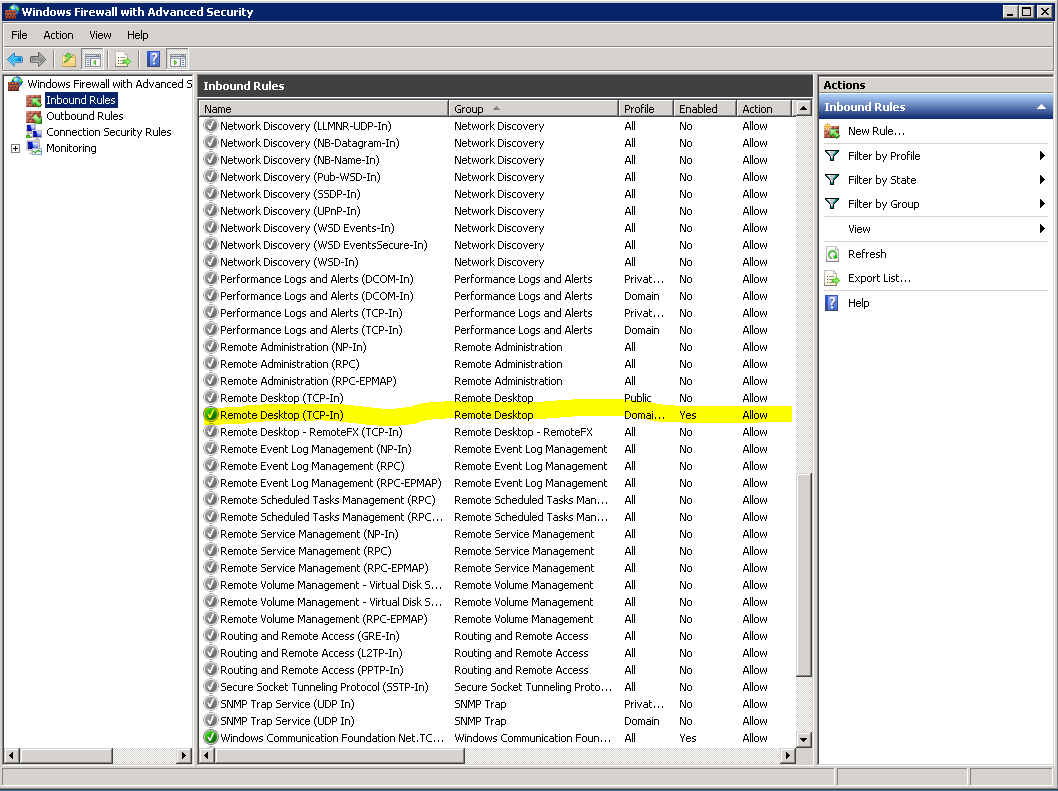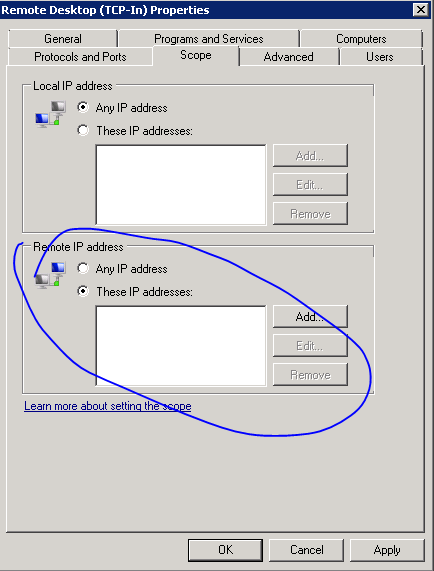Connect a drive from My Network Places
Click Start, click My Network Places, click Entire Network, and then double-click Microsoft Windows Network.
Double-click the domain that you want to open.
Double-click the computer that has the shared resource you want to map. All the shared resources for that computer automatically appear in the window.
Right-click the shared drive or folder that you want to map, and then click Map Network Drive.
Click the drive letter that you want to use, and then specify whether you want to reconnect every time that you log on to your computer.
Note Network drives are mapped by using letters starting from the letter Z. This is the default drive letter for the first mapped drive you create. However, you can select another letter if you want to use a letter other than Z.
Click Finish.
A windows opens that displays the contents of the resource you mapped.
Connect a drive from My Computer or Windows Explorer
To connect a drive from My Computer, click Start, right-click My Computer, and then click Explore.
To connect a drive from Windows Explorer, right-click Start, and then click Explore.
On the Tools menu, click Map Network Drive.
In the Drive box, click a drive letter.
In the Folder box, type the UNC path for the server and shared resource in the following format: \\server name\share name. You can also click Browse to find the computer and shared resource.
You can map shared drives and shared folders. When you access a shared drive or folder you can also access subfolders if you have the appropriate permissions. However, you cannot map a drive for a subfolder that is not explicitly configured as a shared resource.
Use the Net Use command to map or disconnect a drive
You can use the net use command for batch files and scripts. To use the net use command to map or disconnect a drive:
To map a network drive:
Click Start, and then click Run.
In the Open box, type cmd.
Type net use x: \\computer name\share name, where x: is the drive letter you want to assign to the shared resource.
To disconnect a mapped drive:
Click Start, and then click Run.
In the Open box, type cmd.
Type net use x: /delete, where x: is the drive letter of the shared resource.
Disconnect from a mapped network drive
Click Start, and then click My Computer.
Right-click the icon for the mapped drive.
Click Disconnect.

